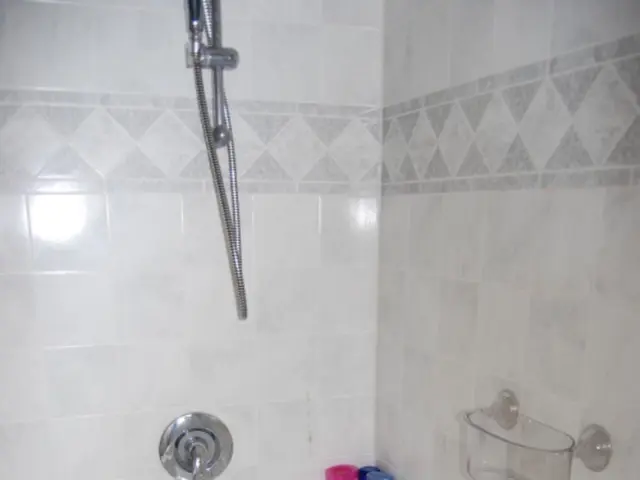Soil Sodium Levels: A Help or Harm?
## High Sodium Levels in Soil: A Threat to Plant Growth and Global Food Security
High levels of sodium in soil, often referred to as salinity or sodicity, can significantly impact plant growth. This article explores the effects of high sodium levels on plant growth and the strategies employed to manage and reduce these levels.
### The Impact of High Sodium Levels on Plants
Elevated sodium and other soluble salts reduce the soil’s water potential, making it harder for plants to absorb water, even when soil moisture is present. This can lead to dehydration and impaired growth. High sodium also competes with essential nutrients like potassium, calcium, and magnesium for uptake by plant roots, leading to nutrient deficiencies and direct toxicity. This imbalance disrupts physiological processes essential for healthy growth.
Salinity exposes plants to reactive oxygen species (ROS), causing oxidative stress and cellular damage, which further weakens plants. Additionally, sodicity can disperse soil particles, degrading soil structure, reducing porosity, and impeding root penetration and water infiltration. These changes exacerbate poor drainage and aeration. Collectively, these effects manifest as stunted growth, leaf burn, premature senescence, and, in severe cases, plant death.
### Managing High Sodium Levels in Soil
Several strategies are used to manage and reduce sodium levels in soil. Leaching, applying excess irrigation water to flush soluble salts below the root zone, is most effective in well-drained soils and requires careful water management to avoid waterlogging.
Amending with calcium, such as applying gypsum or lime, can displace sodium from soil exchange sites, allowing it to be leached away. Calcium also helps improve soil structure. Organic amendments, like compost, manure, biochar, or humic substances, can help bind sodium, improve soil structure, and enhance microbial activity, which supports salt tolerance in plants.
Growing salt-tolerant plant varieties reduces yield losses and helps stabilize soils in affected areas. Fertilizer management, avoiding excessive use of nitrogen-based fertilizers and using acidifying fertilizers to manage soil pH where appropriate, also plays a role in managing sodium levels. Drainage improvement, through subsurface drainage systems, and efficient irrigation practices can further aid in salt removal from the root zone.
### A Combined Approach for Effective Management
Addressing high sodium in soil demands a combination of physical, chemical, and biological interventions, tailored to local conditions and crop requirements. Regular soil testing and monitoring are essential for effective management. Methods to improve soil drainage, such as creating a slope in flat garden areas, adding organic material to the soil, or installing perforated piping to direct drainage water away from the garden, can help reduce sodium levels.
In conclusion, high sodium levels in soil pose a significant threat to global food security. By understanding the effects of high sodium on plant growth and employing strategies to manage and reduce these levels, we can work towards maintaining healthy soils and sustainable agriculture.
In the realm of health-and-wellness, just as high sodium levels in our bodies can lead to dehydration and nutrient imbalances, similarly, elevated sodium in soil can impair plant growth. To enhance fitness-and-exercise and ensure necessary nutrition, it's crucial to employ strategies for managing high sodium levels in soil, such as leaching, amendment with calcium, growing salt-tolerant plant varieties, and strategies that promote soil health, like regular testing, drainage improvement, and efficient irrigation practices, thus ensuring global food security.







